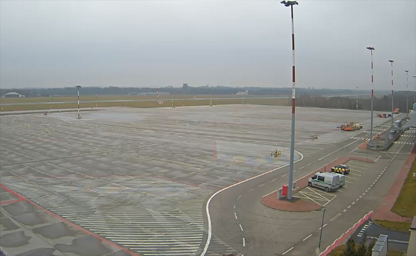
🔴 Łódź Airport
An international airport located in the center of Poland

An international airport located in the center of Poland
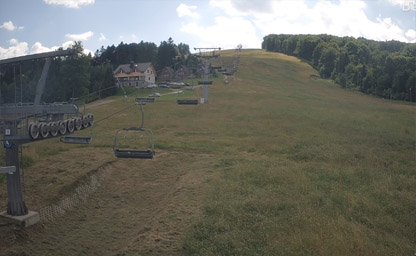
A town in south-eastern Polands
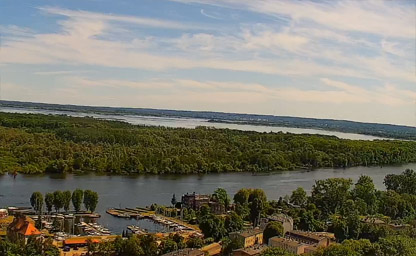
The world's first Bismarck tower now stands in Poland
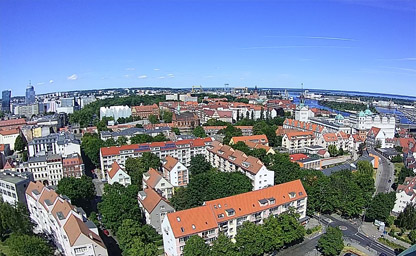
In full the Archcathedral Basilica of St James the Apostle
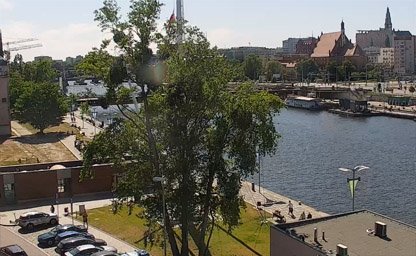
In the area known as Łasztownia
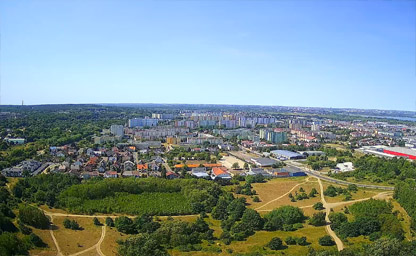
A city on the Oder River in northwest Poland
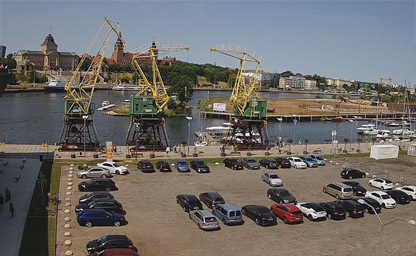
Port cranes from the Łasztownia island in Szczecin
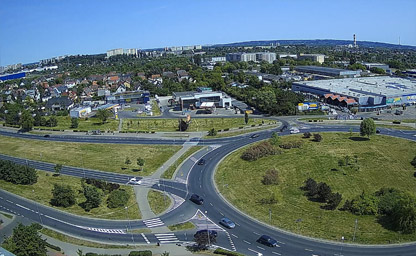
Located from the Rondo Uniwersyteckie Szczecin
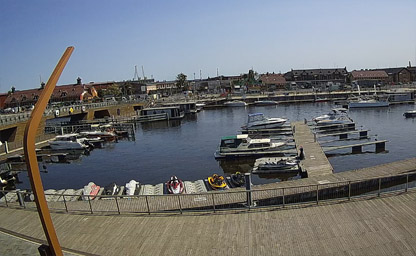
In the very centre of the Szczecin City
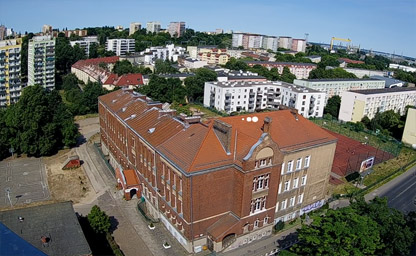
Located on the Szczeciński Chór Chłopięcy
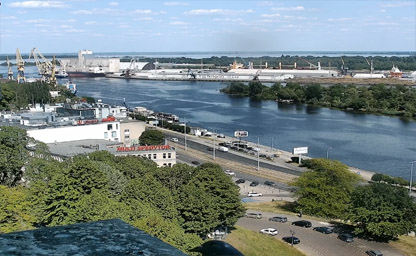
A 500-metre-long terrace built between 1901 and 1921
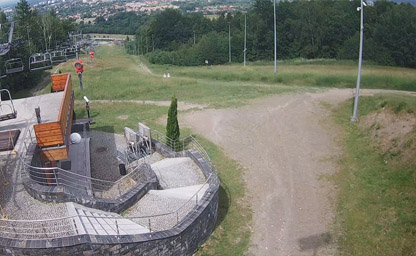
Śląskie województwo (province), southern Poland
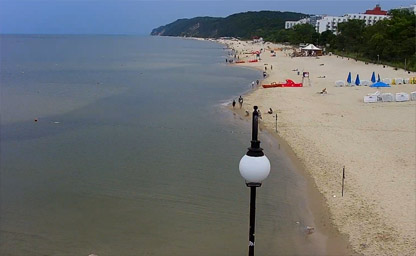
A city and a seaside resort in northwestern Poland
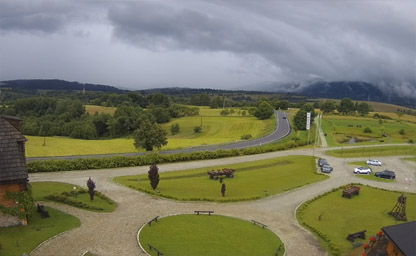
A 1,500km-long range in Central and Eastern Europe
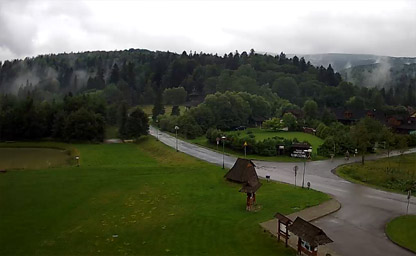
A village in southeastern Poland in Subcarpathian Voivodeship
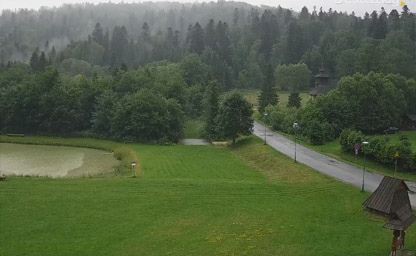
At the Leśny kompleks promocyjny Lasy Bieszczadzkie
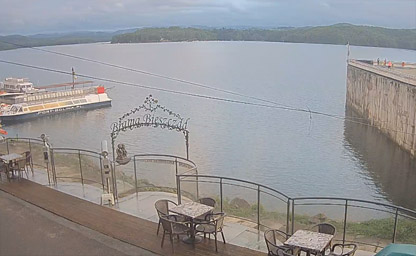
A village in the Subcarpathian Voivodship in Poland
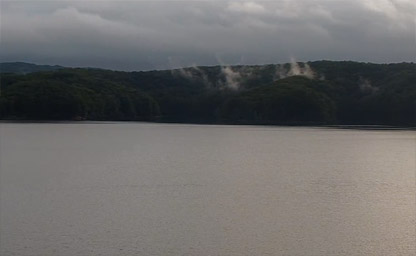
An artificial lake in the Bieszczady Mountains region
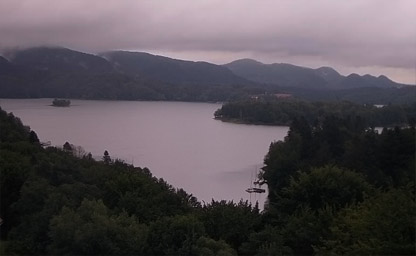
A village in Lesko County, Subcarpathian Voivodeship
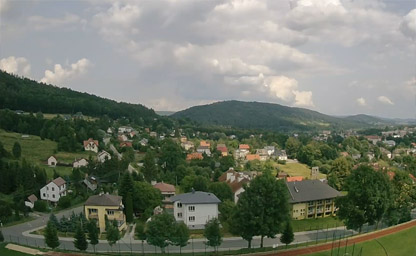
In the Subcarpathian Voivodeship close to the border with Ukraine
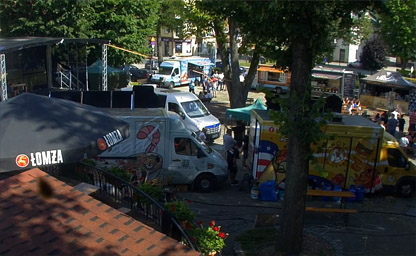
Is part of Pomerania, and Bieszczady County in Poland
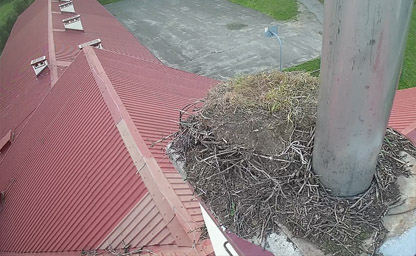
A village in the administrative district of Gmina Sanok
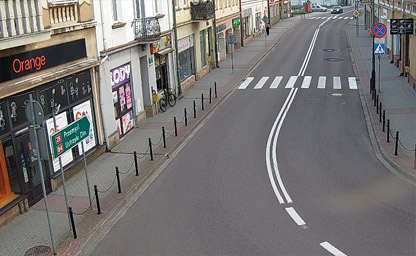
A street in the Śródmieście district of the city of Sanok
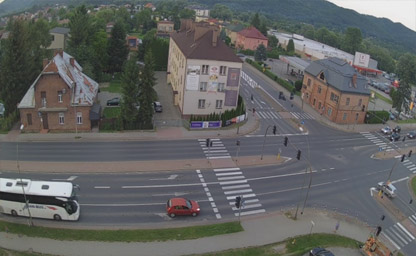
Is one of the important streets in the town of Sanok
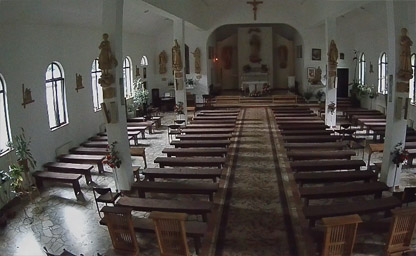
The heart of the Center is the chapel
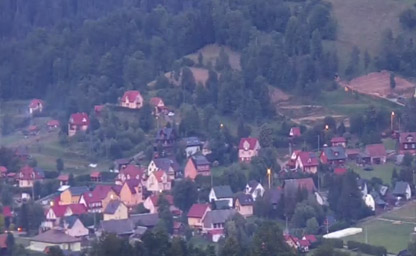
A village in the administrative district of Gmina Solina
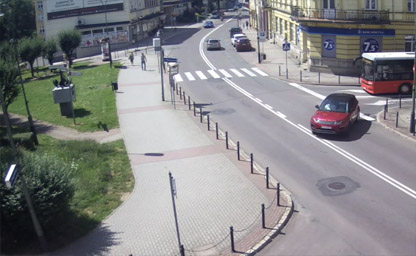
A well-known landmark located in the town of Sanok
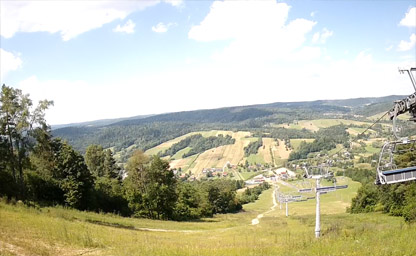
A village in the administrative district of Gmina Olszanica
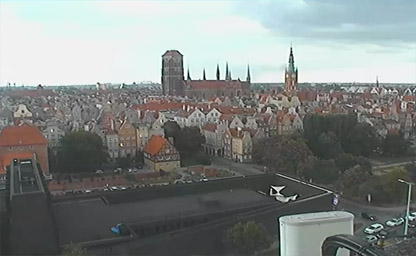
The capital and largest city of the Pomeranian Voivodeship
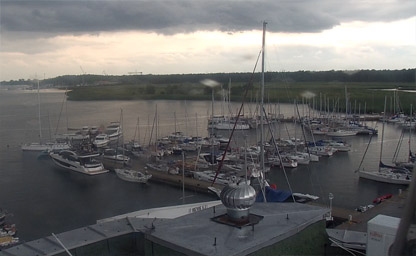
A distributary river branch of the Vistula
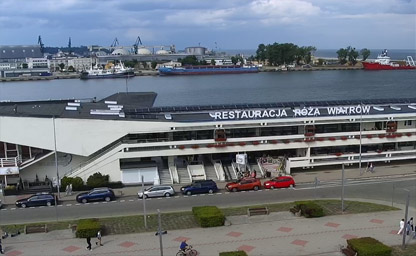
The representative and central square of Białystok
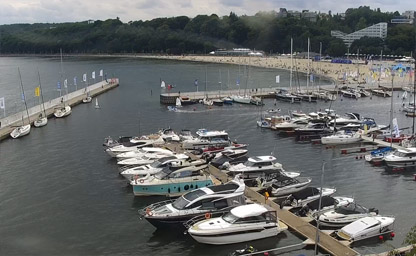
Wide and clean beach in the center of Gdynia
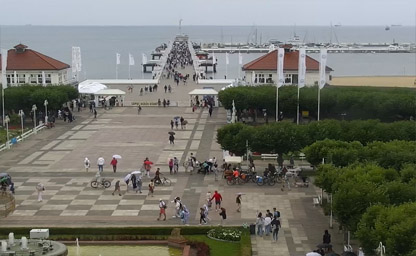
The longest wooden pier in Europe
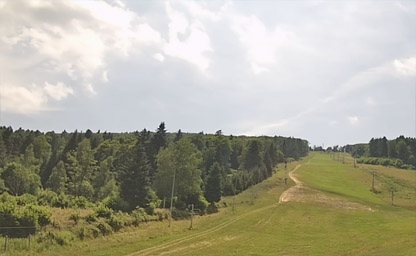
A village in the administrative district of Gmina Ustrzyki Dolne
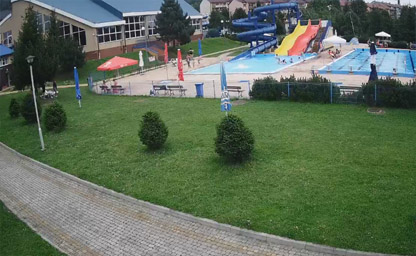
A town in south-eastern Poland
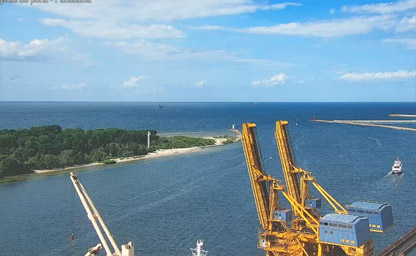
It is located on the east bank of the river Świna just inside the entrance
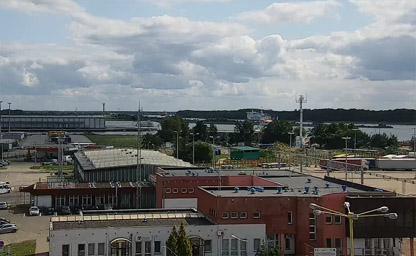
South of the northern tip of Mielin Island
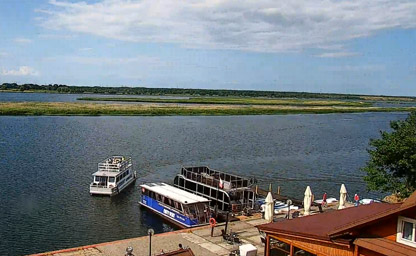
It connects the Szczecin Lagoon with the Baltic Sea
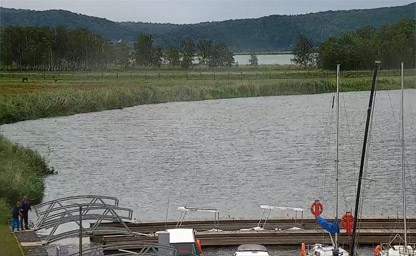
A port city occupying a group of islands in northwest Poland
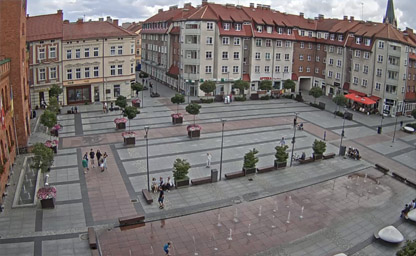
Views from the Urząd Stanu Cywilnego at the Plac Wolności Szczecinek
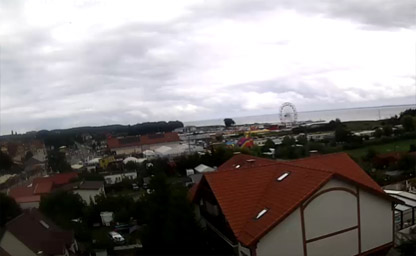
A town and coextensive municipality on the Vistula Spit
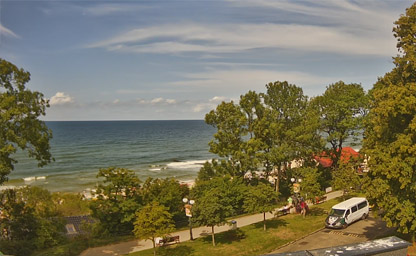
A village in Gryfice County, West Pomeranian Voivodeship
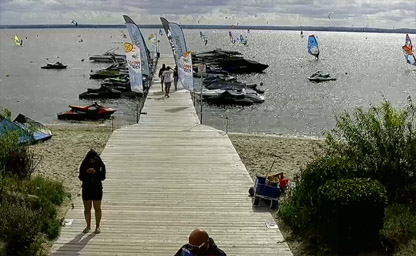
A long sandy beach where schools for surfing
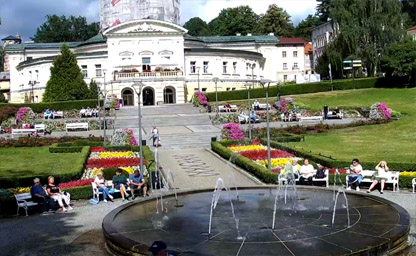
Located at the foot of the picturesque Golden Mountains
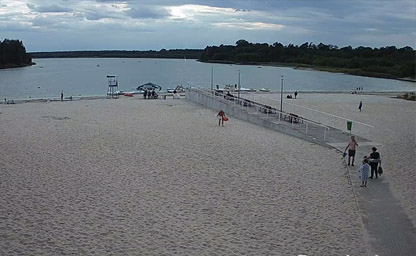
A village in the administrative district of Gmina Jeziora Wielkie
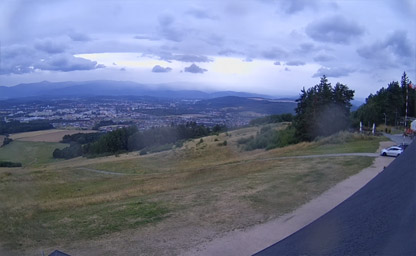
A small peak in the Kaczawskie Mountains
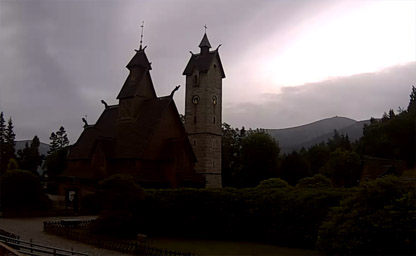
Mountain Church of Our Savior is a stave church
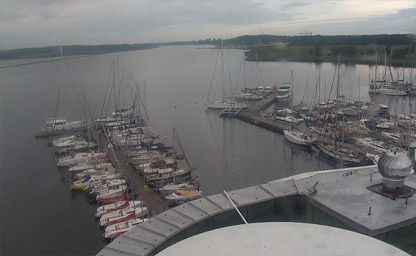
Located at the southern edge of Gdańsk Bay
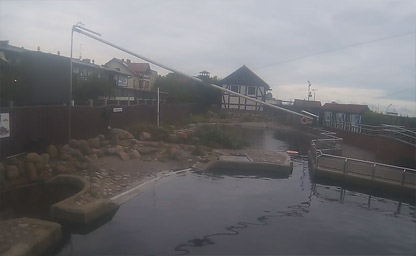
Situated on the tip of the Hel Peninsula
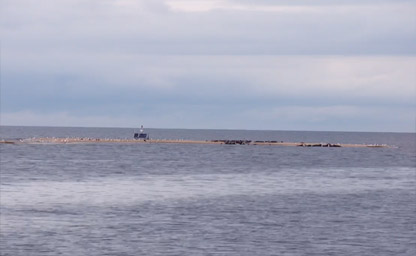
A village in the administrative district of Gmina Stegna
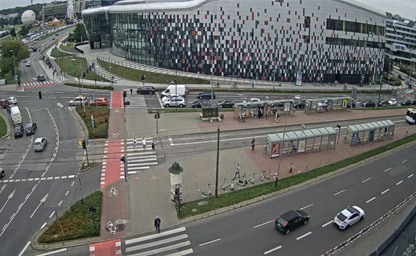
Right next to one of the main communication hubs in the very heart of Krakow
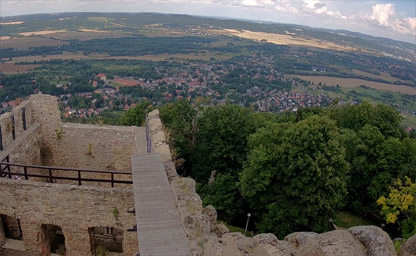
A castle located above the town of Sobieszów
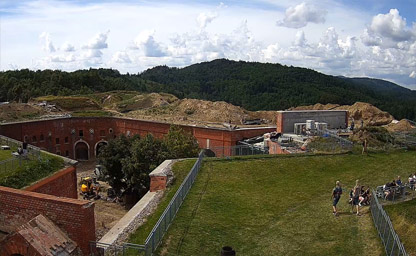
In the town of Srebrna Góra, Lower Silesian Voivodeship
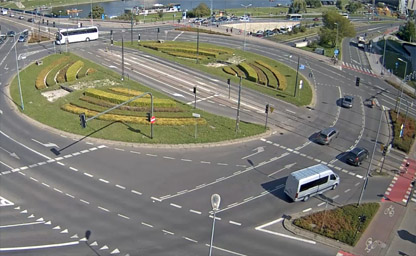
The upper level of the road junction in the central part of Krakow
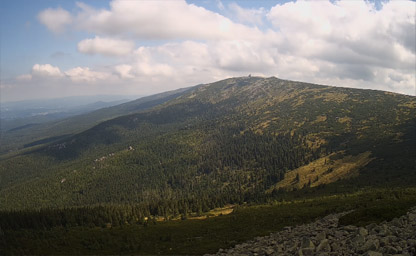
A town in Jelenia Góra County, Lower Silesian Voivodeship
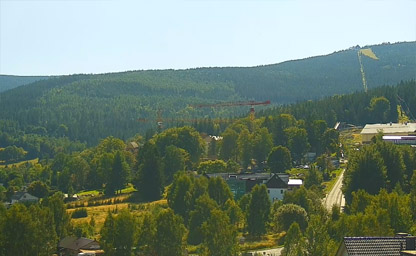
A spa town in Lubań County, Lower Silesian Voivodeship
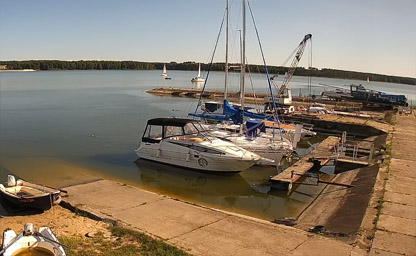
The Sulejów Reservoir in the village of Smardzewice
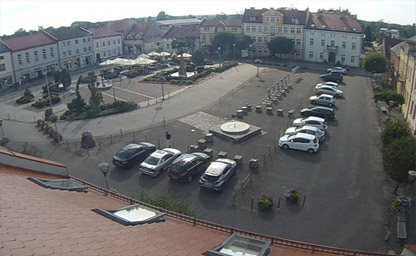
Seat of the Bieruń-Lędziny County in the Silesian Voivodeship
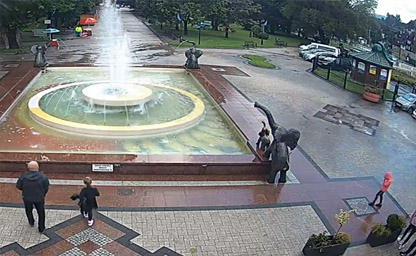
Located on the northern slopes of the Gorce Mountains
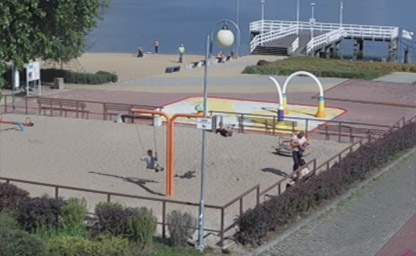
Situated on the lower course of the Narew river
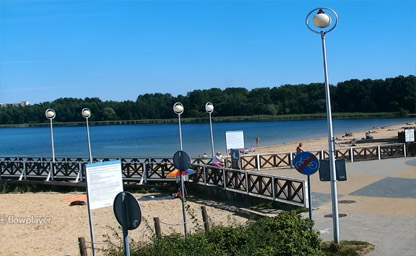
Situated within 3km north from the center of Dąbrowa Górnicza
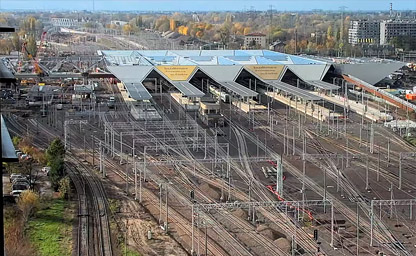
A railway and long-distance bus station in Warsaw
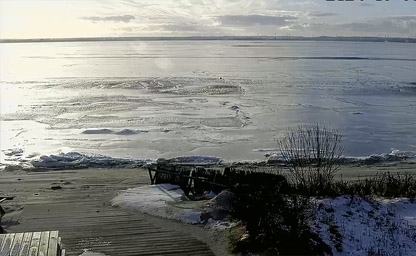
The sand is like any in the Caribbean
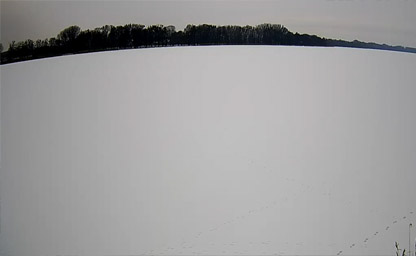
Located in the communes of Dopiewo and Buk
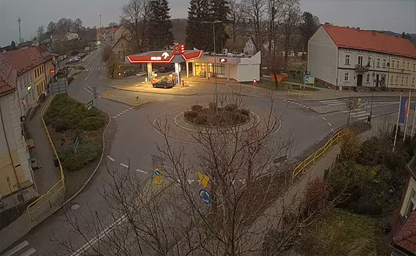
Situated at the intersection of Bobolicka, Koszalińska, and Wolności Streets
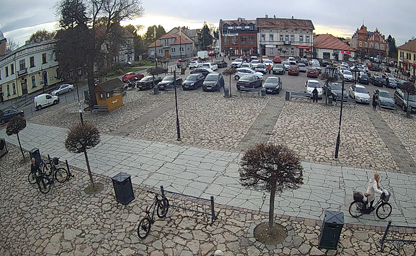
The elegant Renaissance Town Hall, a testament to Niepołomice's past prosperity
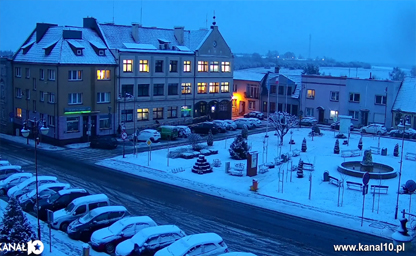
It is located within the ethnocultural region of Krajna
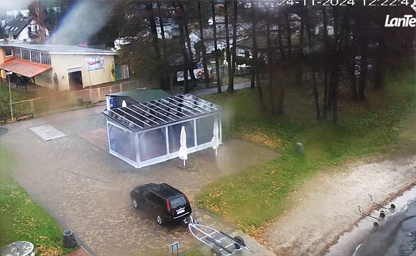
Morzyczyn is a small village on the northern shores of Lake Miedwie with a few sand beaches
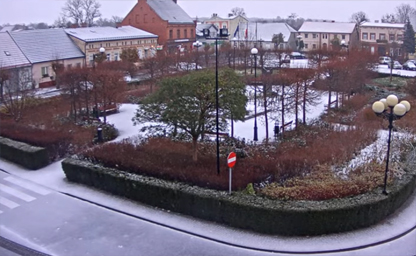
A glimpse of the tower of the Catholic Church Kościół pw. św. Jakub Większego in the background
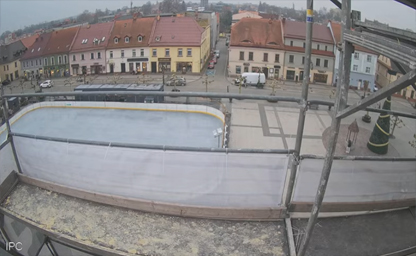
One of the biggest and most beautiful in south Poland
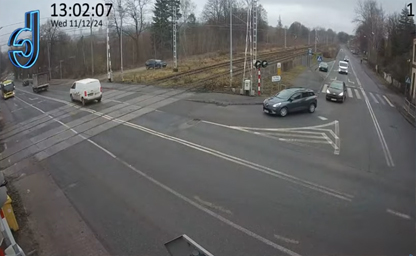
Run through Ruda Slaska, situated within the Metropolitan Association of Upper Silesia and Dąbrowa Basin, usually called the Silesian Metropolis
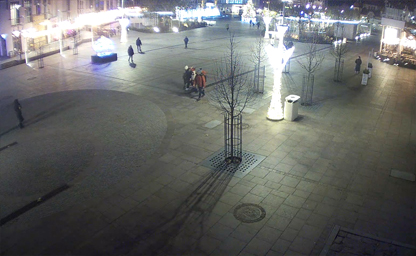
In the background you have glimpse of Sopot Lighthouse
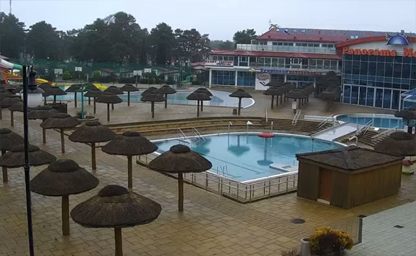
The village of Jarosławiec is on the Baltic Sea coast and features great sand beaches
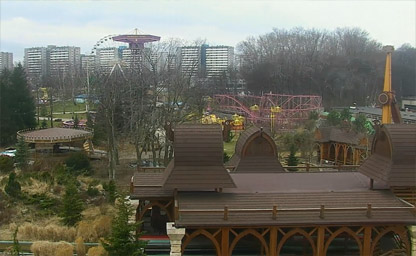
Is one of the central cities of the Upper Silesian Metropolitan Union
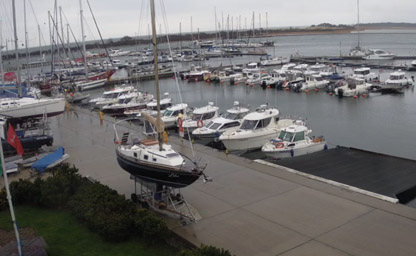
Modern and largest sailing marina in this part of the coast
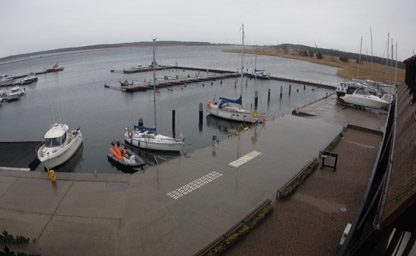
Around the Bay of Gdańsk, to the Birds' Paradise Reserve
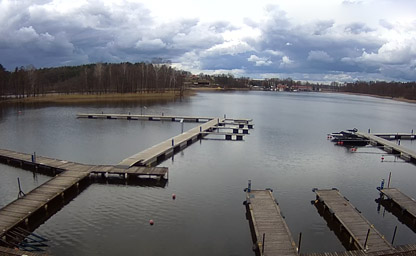
Situated in the Land of a Thousand Masurian Lakes
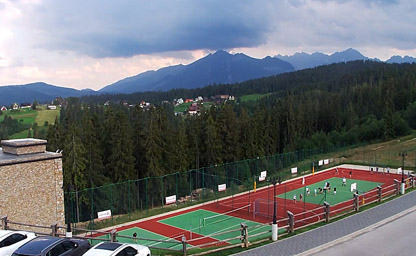
Camera in Bukowina with a view of the Tatra Mountains
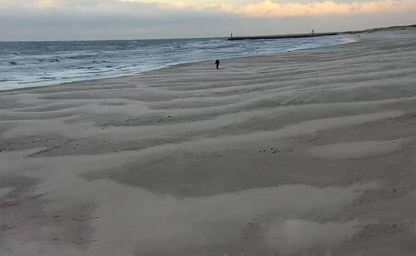
Current weather directly from weather station
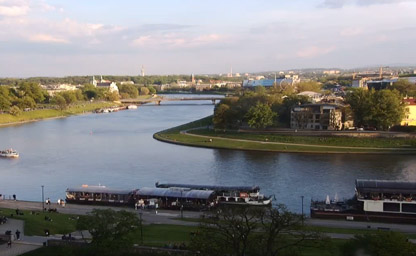
Main Market Square view is magical time and unforgettable event
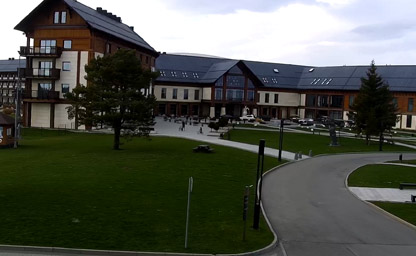
Located in the picturesque surroundings, at the meeting point of Przemyśl Foothills with the Sanocko-Turczańskie Mountains
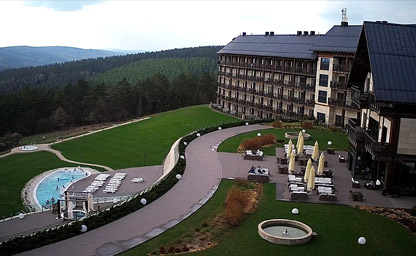
Located on a mountain glade among the forests of the Carpathian Forest
Embark on a virtual sojourn to Poland, a country where rich history, cultural heritage, and natural beauty converge to create a tapestry of European elegance. Explore the charming cities, picturesque landscapes, and historical landmarks through the lens of webcams. Join us on this digital journey, where every frame captures the essence of Poland's beauty, from the medieval architecture to the pristine nature reserves.
Our digital exploration begins in Kraków, where webcams offer real-time views of the Old Town, a UNESCO World Heritage Site. Immerse yourself in the medieval charm as the digital lens captures the iconic Cloth Hall, St. Mary's Basilica, and the historic market square, Rynek Główny.
The live feeds become a virtual stroll through the cobbled streets, showcasing the architectural elegance and vibrant atmosphere of Kraków's heart. Let the digital lens guide you through the City of Kings, where each building tells a story of Poland's rich history.
Shift our gaze to Poland's natural wonders, where webcams unveil the beauty of Białowieża Forest and the Tatra Mountains. Experience the tranquility of Białowieża, a primeval forest home to the European bison, as the digital lens captures the lush greenery and diverse wildlife.
The live feeds provide a virtual hike through the Tatra Mountains, showcasing the rugged peaks, alpine meadows, and crystal-clear lakes. Let the digital lens transport you to these nature retreats, where Poland's pristine landscapes unfold in every frame.
Continue our digital sojourn to Gdańsk, where webcams offer views of the Baltic Sea and the city's maritime splendor. Immerse yourself in the coastal charm as the digital lens captures the historic shipyard, medieval architecture, and the iconic Neptune's Fountain.
The live feeds become a virtual wander along the Long Market, showcasing the bustling activity and the blend of Gothic and Renaissance architecture. Let the digital lens guide you through Gdańsk's coastal charm, where history and maritime traditions come together.
Our virtual journey takes us to the capital, Warsaw, where webcams showcase the Royal Castle and the historic Old Town. Explore the cultural richness as the digital lens captures the regal architecture, the Castle Square, and the Sigismund's Column.
The live feeds provide a virtual visit to Wrocław's Market Square, highlighting the colorful buildings and the Gothic architecture of the Old Town. Let the digital lens be your guide to Poland's cultural capitals, where every corner resonates with artistic and historical significance.
As our digital sojourn concludes, webcams in Poland offer views of architectural marvels like Wawel Castle in Kraków and Poznań's Cathedral. Explore the intricate details, historical significance, and the timeless beauty of these landmarks as the digital lens captures their grandeur.
The live feeds become a virtual tour through the corridors of history, showcasing the enduring legacy of Polish architecture. Let the digital lens guide you through these cultural gems, where the past is preserved in the stones of castles and cathedrals.
As our digital sojourn through Poland concludes, the webcams have unfolded a visual symphony of city elegance, nature's retreat, coastal charm, and architectural marvels. Whether strolling through Kraków's Old Town, hiking in the Tatra Mountains, wandering along Gdańsk's maritime splendor, exploring Warsaw's cultural capitals, or marveling at architectural gems, Poland's elegance comes alive through every pixel on your screen.
Let this virtual sojourn be an invitation to delve deeper into the wonders that Poland generously shares with the world. The digital lens, although a substitute for being there in person, allows us to appreciate and celebrate the raw, authentic essence of Poland's landscapes and cultural heritage.
Poland’s history is a dramatic and complex saga, marked by periods of great cultural flourishing, intense conflict, and inspiring resilience. Its story stretches back over a millennium, beginning with the early Slavic tribes who settled in fertile lands along the Vistula River. These tribes laid the groundwork for what would eventually evolve into a unified Polish state. The legendary baptism of Mieszko I in 966 is widely regarded as the seminal moment that introduced Christianity to the region, forging strong cultural and political ties with the rest of medieval Europe. This conversion not only shaped the spiritual identity of the nation but also paved the way for the development of a robust, centralized state.
The medieval era in Poland is renowned for its vibrant court culture, chivalric traditions, and impressive architectural feats. The Kingdom of Poland blossomed under the rule of powerful monarchs such as Bolesław the Brave, who expanded Polish territories and established alliances that would influence regional politics for centuries. As Poland evolved, it became a melting pot of cultures, languages, and religions, blending indigenous Slavic customs with influences from neighboring Germanic, Scandinavian, and Byzantine traditions. This period saw the construction of iconic structures like Wawel Castle in Kraków and the grand churches and monasteries that still dominate the skyline of historic cities.
During the late Middle Ages, Poland forged a significant union with Lithuania, forming the Polish-Lithuanian Commonwealth in 1569. This unique political entity, one of the largest and most populous in Europe at the time, was celebrated for its system of noble democracy, religious tolerance, and a flourishing of arts and sciences. The Commonwealth became a cultural beacon, producing renowned figures in literature, art, and philosophy, and setting a high standard for governance and legal structures in the region. However, the very strengths of its decentralized system also sowed the seeds of future challenges, as the delicate balance of power among the nobility eventually led to internal strife and external vulnerabilities.
The partitions of Poland in the late 18th century, orchestrated by its powerful neighbors—Russia, Prussia, and Austria—were a dark and transformative chapter in Polish history. Over a period of 123 years, Poland was erased from the map, its territories divided and its people subjected to foreign rule. This period of partition was marked by repression, cultural suppression, and numerous uprisings as Poles strove to preserve their national identity and reclaim their independence. The spirit of resistance was embodied in movements such as the November Uprising (1830–1831) and the January Uprising (1863–1864), which, although ultimately unsuccessful, laid the ideological groundwork for future liberation.
The re-emergence of Poland as an independent nation in 1918 after World War I was a moment of profound national pride and renewal. The revival of the Polish state brought about significant political, social, and economic transformations, as the country sought to modernize and rebuild its fractured society. Yet, Poland's newfound freedom was short-lived; the outbreak of World War II plunged the nation into another period of brutal occupation and suffering. Nazi Germany and the Soviet Union invaded Poland in 1939, leading to widespread devastation, the loss of millions of lives, and the infamous horrors of the Holocaust. Cities like Warsaw were almost completely destroyed, and countless historical treasures were lost forever.
After the war, Poland fell under Soviet influence, and the ensuing communist regime imposed strict controls on political expression and economic development. Despite these challenges, the Polish people maintained a resilient spirit, as evidenced by the rise of the Solidarity movement in the 1980s. Led by figures such as Lech Wałęsa, Solidarity not only played a pivotal role in the eventual collapse of communism in Poland but also inspired democratic movements across Eastern Europe. The transition to a free-market economy and democratic governance in the 1990s has been both challenging and transformative, as Poland has integrated into the global community and emerged as one of Central Europe's most dynamic economies.
Today, Poland is celebrated for its rich cultural heritage, dynamic history, and enduring spirit. Its cities, from the bustling modernity of Warsaw to the historic charm of Kraków and Gdańsk, offer visitors a vibrant tapestry of art, architecture, and traditions that reflect centuries of triumph, struggle, and rebirth. Museums, historical landmarks, and preserved medieval centers stand as enduring symbols of a nation that has weathered countless storms and continues to forge its path into the future. Polish history is not only a chronicle of events but also a narrative of human resilience, creativity, and the unyielding quest for freedom and identity.
The climate of Poland is as diverse as its history and geography, offering a mix of temperate continental and oceanic influences that create a wide range of weather conditions throughout the year. Poland experiences four distinct seasons, each with its own charm and challenges, making it a year-round destination for travelers who seek varied experiences—from snowy winter landscapes to blossoming spring meadows, from warm summer festivals to the vibrant colors of autumn foliage.
Winters in Poland, which last from December to February, are typically cold and often snowy, particularly in the northern and eastern regions. Temperatures can drop well below freezing, and the landscapes are frequently transformed into winter wonderlands with ice-covered lakes and snow-dusted streets. Major cities like Warsaw, Kraków, and Poznań can experience heavy snowfall, which, while sometimes causing disruptions, also adds to the historical charm and beauty of these urban centers. For tourists, winter is a magical time to visit, offering opportunities for ice skating, winter festivals, and even skiing in mountainous areas such as the Tatra Mountains.
Spring in Poland, from March to May, is a season of renewal and rebirth. As the snow melts, the country bursts into life with blooming flowers, lush green parks, and a generally mild climate that is perfect for outdoor activities. The transition from winter to spring is celebrated in many parts of the country with cultural festivals and events that highlight Poland’s rich traditions and love for nature. Visitors during this season can enjoy leisurely walks in historic city centers, bike rides along scenic routes, and visits to the many botanical gardens and nature reserves that showcase Poland’s natural beauty.
Summer, from June to August, brings warm and sometimes hot weather, particularly in the southern and central parts of Poland. Average temperatures during this season range from 20°C to 30°C (68°F to 86°F), providing ideal conditions for exploring the country’s numerous outdoor attractions. The long daylight hours of the Polish summer are perfect for attending music festivals, outdoor markets, and historical reenactments in cities like Kraków and Gdańsk. The Baltic coast in northern Poland offers a refreshing escape, with its sandy beaches, charming seaside resorts, and opportunities for water sports and beachside relaxation.
Autumn, from September to November, is characterized by crisp air, moderate temperatures, and stunning displays of fall foliage. The landscapes of Poland transform into a riot of colors as trees don shades of red, orange, and yellow. This season is particularly popular among photographers and nature lovers, as the scenic countryside and historic parks provide a picturesque backdrop for leisurely hikes and cultural excursions. Autumn is also a time for harvest festivals and culinary celebrations that highlight Poland’s rich agricultural heritage and traditional cuisine.
Overall, Poland’s climate is marked by its seasonal diversity, offering a dynamic range of weather conditions that enhance the experience of exploring its historic cities, rural landscapes, and cultural landmarks. Whether you’re traversing the cobbled streets of an ancient town under a blanket of snow or strolling along a sunlit boulevard in the height of summer, the ever-changing climate adds an extra layer of magic to your visit.
The geography of Poland is a fascinating blend of natural beauty and human ingenuity, reflecting its long history of settlement, agricultural development, and urbanization. Located in Central Europe, Poland covers an area of approximately 312,696 square kilometers (120,733 square miles) and features a diverse range of landscapes that include vast plains, rolling hills, rugged mountains, and winding rivers. This geographical variety not only defines the country’s physical appearance but also plays a crucial role in shaping its cultural and economic life.
The northern part of Poland is dominated by the Central European Plain, a vast expanse of flat and gently undulating land that has historically been the agricultural heartland of the nation. Fertile soils, extensive river networks, and favorable climatic conditions have made this region ideal for farming. The Vistula and Oder rivers, two of the longest in Poland, have served as vital waterways for centuries, facilitating trade, transportation, and the development of thriving urban centers along their banks. Cities like Warsaw, the capital, have grown up around these watercourses, drawing on the rich agricultural heritage and strategic importance of these natural corridors.
To the south, Poland’s terrain begins to change dramatically with the appearance of hills and mountains. The Carpathian Mountains, which include the famous Tatra Mountains, form a natural border between Poland and Slovakia. The Tatra Mountains, in particular, are renowned for their breathtaking beauty, offering dramatic peaks, glacial lakes, and extensive opportunities for outdoor adventures such as hiking, skiing, and mountaineering. Zakopane, the “winter capital” of Poland, is a popular destination for those seeking to explore these majestic highlands, with its charming wooden architecture and vibrant local culture.
Further west, the Sudetes range extends along the border with the Czech Republic, adding to the varied topography of Poland. These mountain ranges provide a stark contrast to the flat plains of the north and serve as popular destinations for nature enthusiasts, offering trails that wind through dense forests and past ancient rock formations. The diverse geography of Poland has given rise to a rich biodiversity, with national parks and protected areas that preserve unique ecosystems and provide a sanctuary for wildlife.
The coastline of Poland along the Baltic Sea adds yet another dimension to its geography. Although relatively short, the Polish coast is characterized by its sandy beaches, quaint seaside resorts, and picturesque harbors. The coastal region is not only a popular destination for summer tourism but also a vital economic zone that supports fishing, maritime trade, and recreational activities. The city of Gdańsk, with its historic shipyards and charming old town, stands as a testament to the region’s maritime legacy and its ongoing importance in international trade and cultural exchange.
Poland’s varied landscapes have also influenced its cultural and regional identities. Each area—from the fertile plains of Mazovia to the rugged peaks of the Tatra Mountains and the breezy shores of the Baltic Sea—carries its own traditions, dialects, and culinary specialties. This geographical diversity is reflected in the country’s architecture, folklore, and festivals, which celebrate everything from harvests and winter solstice rituals to maritime heritage and mountain legends.
The interplay between Poland’s natural environment and its historical development is particularly evident in the way ancient trade routes and modern transportation networks mirror the course of its rivers and the contours of its terrain. The strategic importance of cities like Kraków, Poznań, and Wrocław has been largely determined by their geographic locations, where rivers and crossroads converged to create hubs of commerce, culture, and innovation. Today, these cities continue to thrive as centers of art, education, and business, drawing visitors from around the globe who come to experience their rich historical ambiance and vibrant contemporary energy.
Modern Poland is a dynamic blend of old and new, where centuries-old castles, monasteries, and town squares coexist with modern skyscrapers, museums, and cultural institutions. The country’s geography has not only shaped its historical trajectory but also continues to influence its present-day economic development and quality of life. From the serene lakes of the Masurian region to the bustling urban landscapes of Warsaw and the rugged natural beauty of the Carpathians, Poland offers a multifaceted experience that appeals to history buffs, nature lovers, and urban explorers alike.
Travel Tip: For an immersive Polish adventure, consider taking a multi-stop journey that begins in the historic heart of Kraków, where you can explore Wawel Castle and the medieval streets of the Old Town, then travel through the lush Mazurian Lake District for a relaxing escape into nature, and finally, head to the Tatra Mountains for breathtaking hiking and winter sports. This route offers a perfect blend of cultural heritage, natural beauty, and modern Polish hospitality.
Interesting Fact: Poland is home to one of Europe’s oldest salt mines—the Wieliczka Salt Mine—which has been in operation since the 13th century. This subterranean labyrinth, with its stunning chapels, sculptures, and salt-carved chandeliers, not only provides a fascinating glimpse into the country’s industrial past but also serves as a unique cultural landmark, attracting millions of visitors from around the world each year.